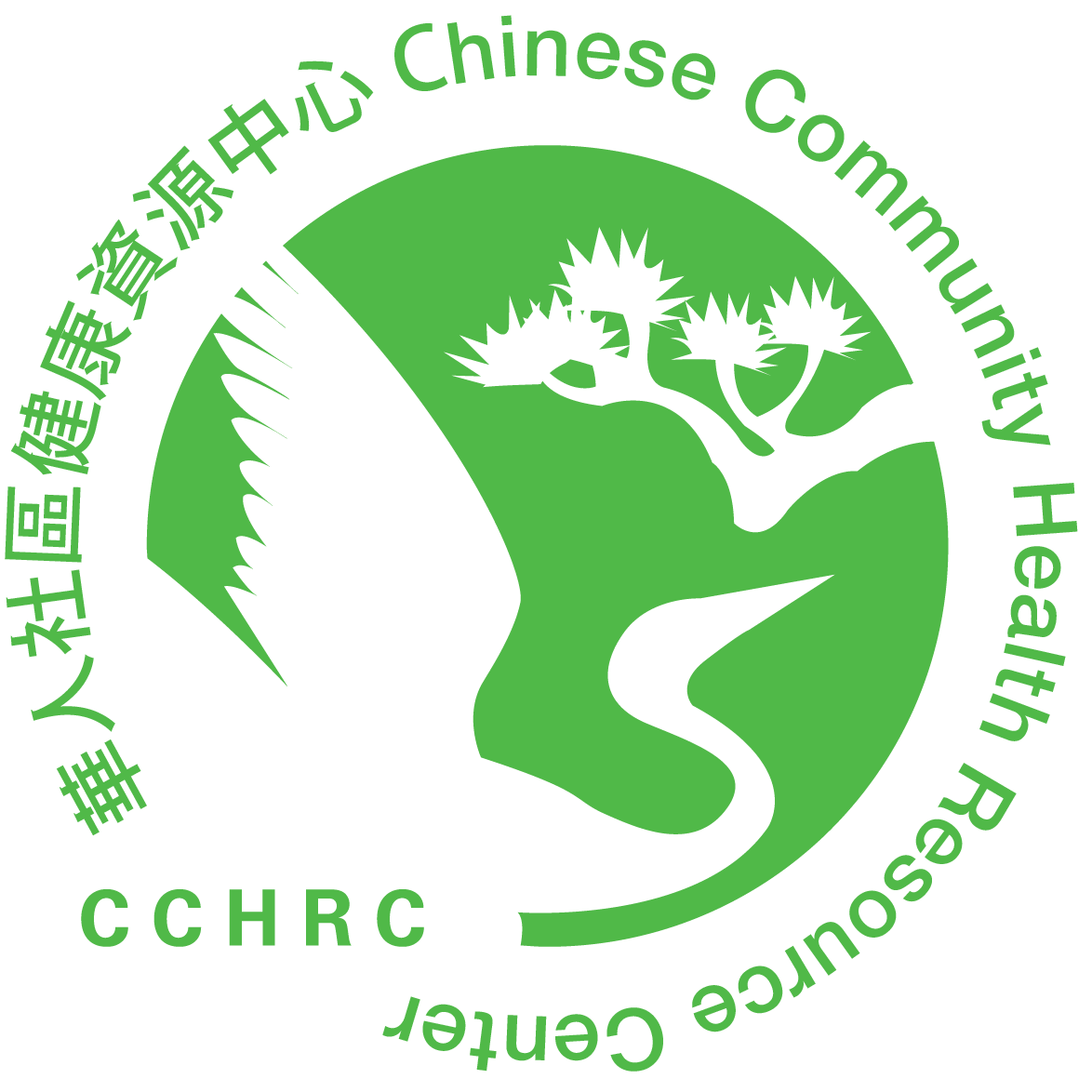Chemotherapy can cause your bone marrow to make fewer white blood cells, especially 10 to 14 days after you have had therapy. This is called neutropenia.
What can happen when white blood cells are low?
White blood cells destroy bacteria and keep you healthy. The bacteria that escape white blood cells can cause infections and make you sick.
How do you know if you have an infection?
- Fever 100.5°F or above
- Chills or sweating
- Mouth sores or sores on the skin
- Cough or sore throat
- Ear pain, headache or sinus pain
- Difficulty or burning sensation with urination
- Diarrhea
- General tiredness or body aches
What can you do when your white blood cells are low?
- Keep yourself clean to avoid germs: Handwashing, handwashing, handwashing, handwashing
-
-
- Keep skin, mouth, and teeth clean., rinse your mouth often and brush your teeth after meals
- Wash your hands before eating and after using the bathroom with warm water, soap, or waterless hand sanitizer
- Take a shower each day and pat your skin dry
- Protect your skin from scrapes and cuts
– Don’t go barefoot
– Use an electric shaver, not a razor
– Don’t pick pimples or scratch sores
– Wear gloves to wash dishes or when gardening. You could inhale germs when cleaning up after pets, so ask others to do this for you.
-
- Food and diet
-
-
- Clean and cook food well, including spices
- Ask family members to peel the skin off fresh fruits and vegetables to be sure that all germs are removed. You should not be peeling fruits and vegetables
- Eat a well-balanced diet
- Drink plenty of fluids
-
- Bathroom habits
-
-
- Avoid constipation
- Wipe yourself from front to back
- Wash your hands after using the bathroom
-
- What to avoid
-
-
- Stay out of crowds and away from people who have colds
- Avoid adults who have shingles or children who have chicken pox or the measles
- Check your doctor before getting immunization shots or dental work
- Avoid children who have had recent immunizations
-
Fever
- It is important that you learn to read a thermometer correctly so you can report a fever.
- Check your temperature at the same time each day if counts are low
- Call your doctor or nurse immediately if your temperature is 100.5°F or above
- Don’t take any medication for the fever unless it is ordered by your doctor
- Know the signs and symptoms of infection
What can happen to you if you have an infection?
- Be sure to call your doctor right away if you think you have an infection.
- If your white blood cells are very low, you might be admitted to a hospital and stay in a private hospital room. Your family, friends, nurses, and doctors sometimes might wear a mask and will always wash their hands very well to protect you from germs.
- Your chemotherapy or radiation treatments will be delayed until you are better.
- You might receive antibiotics, medicines that help to kill germs.
- You may also receive white blood cell booster.
White Blood Cell Booster
- This is a medication to help your bone marrow make more white blood cells after your cancer treatment.
- It is given by injection with a tiny needle. Many patients learn to give themselves the shot.
- The medicine can be started 24 hours after your chemotherapy treatment.
- The injection can help prevent infections and also prevent delays in your chemotherapy schedule or lowering of your chemotherapy dose.
- There are two different boosters available, and your doctor will decide which one is more appropriate for you.
Neupogen (Given daily for 7-14 days)
Neulasta (Given once each cycle) - You should not take either one of the medications if you are allergic to the bacteria E.coli
- It is common that some people experience bone pain when receiving these medications. Usually it is relieved by taking Tylenol.
Copyright © 2004-2020 Chinese Community Health Resource Center
If you would like a copy of this health article, please click on the PDF button in the language you prefer. To view the PDF document, you’ll need Adobe Acrobat, which you can download here.
Bilingual:



